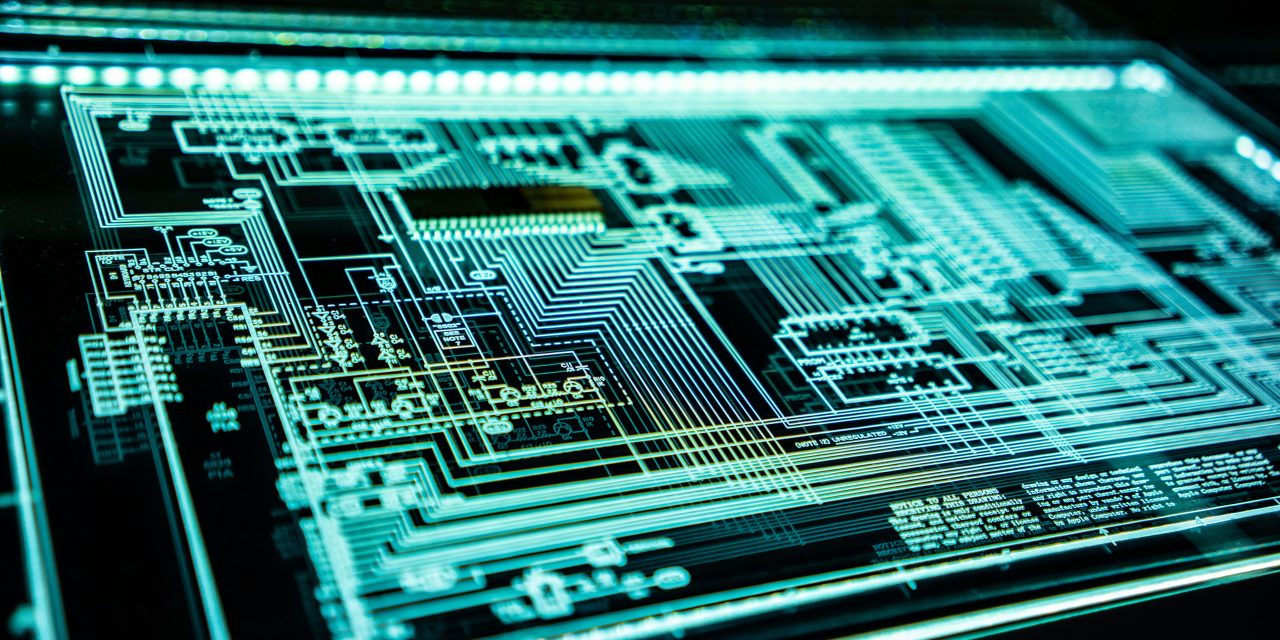As a physics educator and blogger, I am often asked about the relationship between physics and engineering. While these two fields may seem distinct, they are inextricably linked, as both deal with understanding and manipulating the physical world. In this blog post, we’ll explore the intersection of physics and engineering and why it is crucial for advancements in technology.
The Building Blocks of Engineering: Physics Principles
Engineering is the application of scientific principles to design and build devices, machines, and systems that solve problems and improve our lives. But where do these principles come from? The answer is simple: physics. Physics provides the fundamental understanding of the natural world that engineers rely on to create new technologies. From the laws of motion to thermodynamics, engineers use physics to develop everything from bridges to spacecraft.
For example, aerospace engineers rely on the principles of Newton’s laws of motion to design spacecraft that can travel through space. Similarly, civil engineers use the properties of materials, such as elasticity and strength, to design bridges that can withstand natural disasters like earthquakes and hurricanes. In both cases, a deep understanding of physics is essential for engineering success.
The Importance of Innovation in Engineering
Engineering has always been about finding innovative solutions to problems, but today, more than ever, innovation is crucial for engineering success. As technology advances at an unprecedented rate, engineers must be forward-thinking and adaptable to keep up. This requires not only a deep understanding of physics but also the ability to think creatively and outside the box.
The Future of Physics and Engineering
As we look to the future, the intersection of physics and engineering will play an increasingly vital role in shaping our world. From renewable energy sources to space exploration, the challenges we face require innovative engineering solutions that are grounded in a deep understanding of physics.
In conclusion, the intersection of physics and engineering is a critical aspect of technological advancement. By using physics principles to design and build new technologies, engineers can solve complex problems and improve our lives. As we move into the future, it is essential that we continue to push the boundaries of physics and engineering and find new and innovative solutions to the challenges we face.

